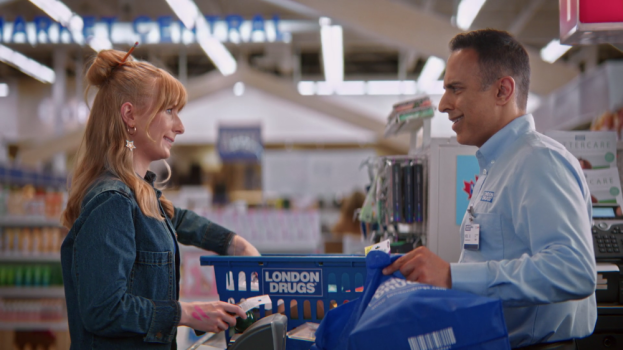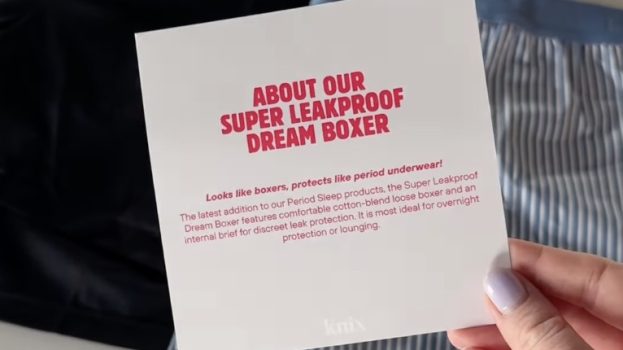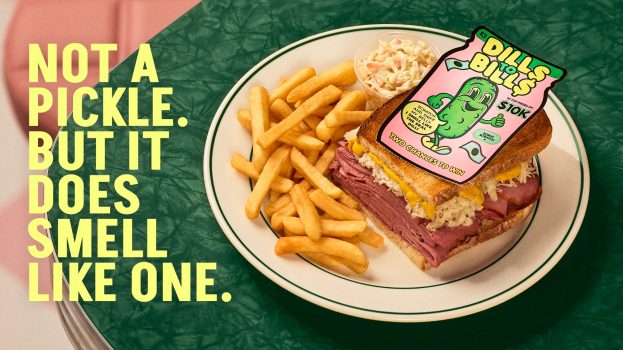
This story was originally published in the Winter 2023 issue of strategy.
Adidas Canada and Indigo joined forces last fall for a loungewear and Lego kids’ collection, with exclusive Adidas apparel now available at both Indigo.ca and select Indigo stores.
The move by Indigo is part of a broader pivot to connect with a younger consumer – an effort that has involved not only bringing on a wider assortment of new vendor partners, but also trying to reach that target via an exclusive partnership with TikTok Canada as its book club partner.
So, it seems to make sense for Indigo. What about Adidas?
The global apparel brand, best known for iconic sneaker drops, triple-striped tracksuits, European soccer sponsorships, as well as collabs with the likes of Gucci, Balenciaga and Pharrell Williams’ HumanRace (but no more Kanye), is now offering exclusive women’s loungewear and a Lego kids’ collection to Indigo.
So, what does the room say?
Matthew Kelly, managing partner with Level5 Strategy is sanguine about the deal, saying that Indigo is bringing to the partnership retail, distribution and a female-centric audience, a secondary target for Adidas and, in return, is getting a kids’ collection based on the very popular Lego brand. He points to the synergies and that the partnership seems to be complementary. “The glue seems to be a lifestyle, well-being positioning,” he says.

The LEGO x adidas collection is available exclusively at Indigo.
Which is interesting as both brands have different paths to the conjoined destination; Adidas has sports and wellness at the centre of what they do, and are stretching further afield via Lego onesies, while Indigo has been flowing from its OG book focus into lifestyle, wellness and now the sporty apparel space.
When it comes to wellness and apparel however, Indigo is going head-to-head with the likes of Lululemon, so Kelly says bringing in Adidas gives Indigo some ammunition to go after the leisure market. He also says that the timing of the announcement is a great way to cut through the clutter around the holiday season and drive interest and awareness.
“These things are experiments, that’s the great thing about retail,” Kelly says. “It’s not a natural target [for Adidas], especially coming off the World Cup, but that’s the magic of retail – let’s experiment.”
Counterpoint? Doug Stephens, CEO of consultancy Retail Prophet, characterizes the partnership as “an act of desperation” by Adidas.
Adidas, in Stephens’ opinion, is “throwing a lot of stuff against the wall to see what sticks,” because it has taken a hit by hitching its fortunes to the notoriously volatile Kanye West. (In October, Adidas’ chief financial officer Harm Ohlmeyer announced that the company would continue selling Yeezy designs under a different product name, as it owns all the design rights.)
By contrast, he points to how rival Nike has instead constrained its retail partnerships, choosing ones that are more in line with its brand. (Nike is also about 18 months into its Consumer Direct Acceleration strategy – upping its investment in ecommerce and DTC tech.)
Stephens asks regarding the Indigo overture: “Is it worth it for Adidas to potentially tarnish its brand to eke out what could be a very minimal number of unit sales?” After all, the core of the Adidas brand has always been its authentic tie to culture – from its designs and drops, to its partnerships and the way it integrates consumers into the mix. This is an authentic, storied urban brand. Indigo is more mainstream.
Stephens acknowledges the need for Indigo to grow its appeal among younger demos. However, he remains unconvinced about whether Indigo can make a meaningful move in apparel, as the retailer, primarily known for gifts, lifestyle merch and books, must now potentially deal with fitting rooms, sizing, dead inventory, high returns and other pitfalls of being in the clothing business.
And while he questions the rub-off effect for both brands in the case of Adidas and Indigo, Stephens stresses that it’s very possible for two brands to make a cultural statement if they’re better aligned – but that’s just not the case here.
So, how will the joint venture fare? Only time will tell.























